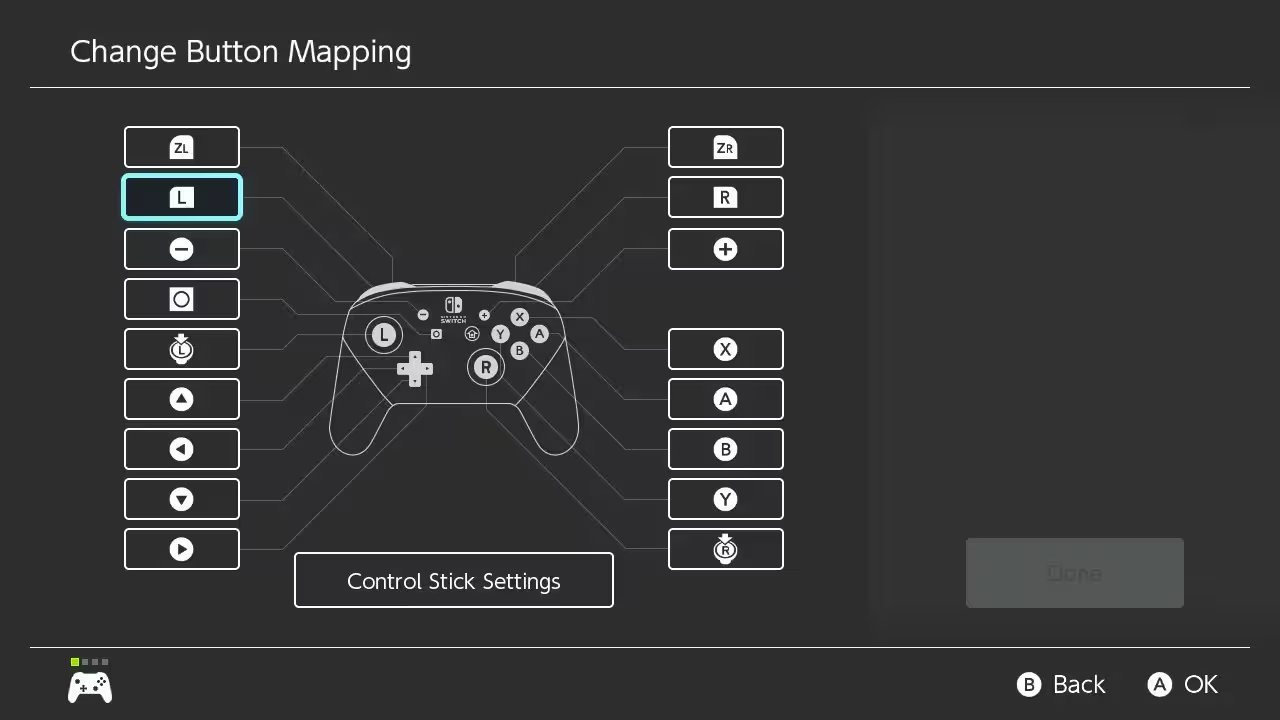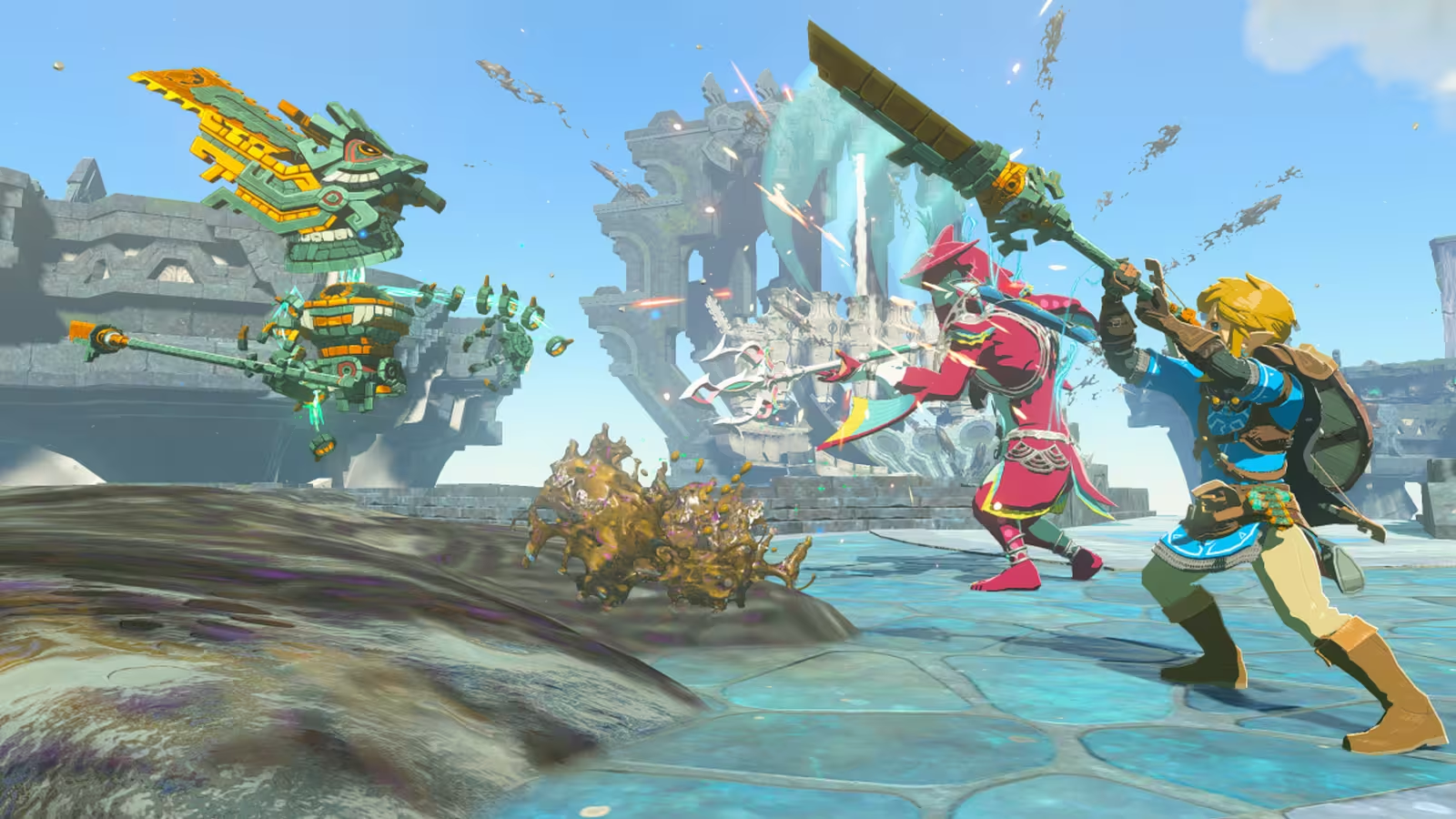5 Minutes
Introduction: Rethinking What Matters Most in Switch 2
The arrival of the Nintendo Switch 2 has captivated gamers worldwide, promising faster performance, enhanced visuals, and a richer gameplay experience. While early impressions naturally focus on the impressive launch lineup—think Mario Kart World and other headline titles—many long-time Nintendo fans are equally excited about revisiting their favorite classics from the original Switch era on this next-generation console. Surprisingly, the Switch 2’s most transformative innovation for older games isn't just a technical facelift, but a subtle, deeply impactful change: vastly improved accessibility options.
Performance vs. Accessibility: Beyond the Hardware Leap
The original Nintendo Switch was revolutionary, but as the years went by, its hardware limitations became more evident. Titles like Pokémon Scarlet and Violet exposed the device’s inability to keep up with increasingly ambitious game design. Third-party ports, often downgraded compared to their PlayStation 5, Xbox Series X, or PC counterparts, further highlighted the need for a hardware refresh. The Switch 2 dramatically addresses these issues, delivering substantial boosts in frame rates, stability, and graphical fidelity across almost every game—even those lacking specific next-gen patches.
However, for many gamers, technical improvements alone weren't enough. The elephant in the room for the Switch ecosystem has always been its lack of robust accessibility features, especially when it comes to control customization and input remapping.
The Accessibility Shortfall: A Major Critique of Classic Nintendo Games
Nintendo fans have long praised the innovative Joy-Cons and the Pro Controller—both recognized as top contenders in modern controller design. Yet, these excellent hardware choices are undermined by a persistent omission: meaningful in-game accessibility. While PlayStation and Xbox have steadily set industry standards for accessibility features, Nintendo has lagged, often omitting even fundamental capabilities such as remappable controls.
Take, for example, the critically acclaimed The Legend of Zelda: Tears of the Kingdom. By default, jump is mapped to X and dash to B (the top and bottom buttons, respectively). This unintuitive layout makes common actions unnecessarily cumbersome, with players offered little flexibility beyond a basic swap between jump and dash. The only robust solution (if you even discover it) is system-level remapping—far from an integrated accessibility feature.

Switch 2’s Real Revolution: Accessibility on Demand
Enter the Nintendo Switch 2, which, while maintaining much of the familiar interface of its predecessor, introduces a remarkably practical advancement: Quick Settings. By holding the Home button, users can quickly access vital system settings—including, crucially, control remapping—without needing to exit, pause, or dig through layers of system menus. While this feature isn’t active by default, adding button remapping to the Quick Settings menu is straightforward, offering instant access to personalized control schemes during gameplay.
Coupled with the ability to save specific profiles for different games, the Switch 2 empowers players to create, switch, and manage custom control layouts seamlessly. Jumping into Tears of the Kingdom or any legacy title, adjusting controls on the fly, and reverting to defaults as needed makes replaying older games far more comfortable and enjoyable. For many, this single quality-of-life improvement dramatically enhances the overall user experience—sometimes even more than higher resolutions or frame rates.
Comparative Advantages: Nintendo vs. the Competition
While PlayStation and Xbox consoles have led the industry in accessibility, Nintendo's new approach—blending system-level customization with a quick-access interface—helps bridge the gap, especially for existing game libraries. Unlike software patches that may never arrive for aging titles, these system-wide features have immediate, tangible benefits for every player.
Use Cases: Legacy Titles Get a New Lease on Life
This newfound accessibility isn’t just a perk for hardcore gamers; it’s a game-changer for casual and competitive audiences alike, including players with disabilities or those who simply have specific preferences. Revisiting classics such as Super Mario Odyssey, Animal Crossing: New Horizons, or even newer releases like Pikmin 4 feels fresh and tailored, removing longstanding barriers to enjoyment.
Furthermore, as third-party titles like The Witcher 3 or Doom remain popular on the Switch platform, being able to remap controls without third-party hardware or convoluted system changes sets the Switch 2 apart as a more inclusive gaming environment.
Future Outlook: Setting Expectations for Nintendo and the Industry
While the Quick Settings and improved control customization are a leap forward, they also spotlight what’s still missing. As the Switch 2 generation unfolds, there’s a growing consensus among the gaming community: integrated, game-specific accessibility should become standard, not optional. Nintendo must heed this feedback and ensure upcoming Switch 2 games natively support advanced accessibility from day one.
In the meantime, the Switch 2’s accessibility enhancements provide a much-needed solution for legacy games, making it not just a powerful upgrade, but a more welcoming platform for players worldwide.
Market Relevance: Raising the Bar for Game Console Accessibility
As accessibility becomes a central focus in digital and gaming innovation, consoles like the Nintendo Switch 2 that embrace these changes position themselves as leaders in inclusivity, broadening their appeal in the global gaming market. This shift has the dual benefit of improving player satisfaction while also keeping Nintendo competitive alongside industry giants like Sony and Microsoft.
Conclusion: Beyond Performance—Why Accessibility is the True Game Changer
The Nintendo Switch 2 marks a significant evolution—not only in hardware and game performance, but in putting accessible gaming front and center. For avid and new gamers alike, its refined approach to input customization and ease of use enhances every nostalgic replay or fresh adventure. As digital entertainment evolves, accessibility is proving to be just as crucial as graphical prowess, and the Switch 2 is setting a new standard for what modern consoles should offer.
Source: digitaltrends



Comments